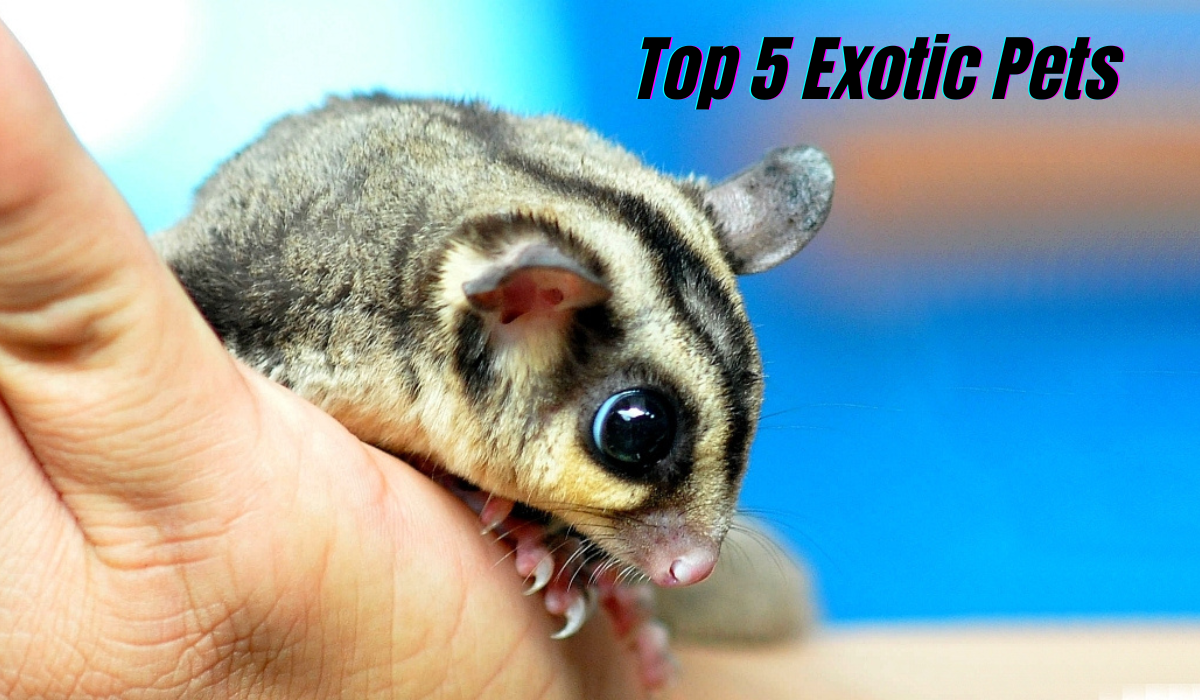Top 5 Exotic Pets and How to Care for Them
Nowadays, the temptation of having exotic pets captivates pet enthusiasts globally. From corn snakes to tarantulas, low-maintenance exotic pets are popular among individuals. The coolest exotic pets offer a glimpse into the animal kingdom. However, it is essential to understand these exotic pets and learn about various types of exotic pets found in the world.
These animals have special needs, unlike traditional pets like cats or dogs. It is a must for an exotic pet owner to ensure that these requirements are met. If you wish to own one of the best beginner exotic pets or the coolest exotic pets, you need a complete pet care guide. To ensure their health and happiness, it is vital to have proper knowledge that prevents common mistakes. It will also make sure that your new pet thrives in your home-its new home!
To help you navigate the world of exotic pets, trusted10.io is here for you! The guide will help you give information to discover and understand the coolest exotic pets. It will cover different types of exotic pets, their requirements, and tips for caring for them. We hope that the pet care guide will help you find and care for your exotic partner in crime.
Bearded Dragon
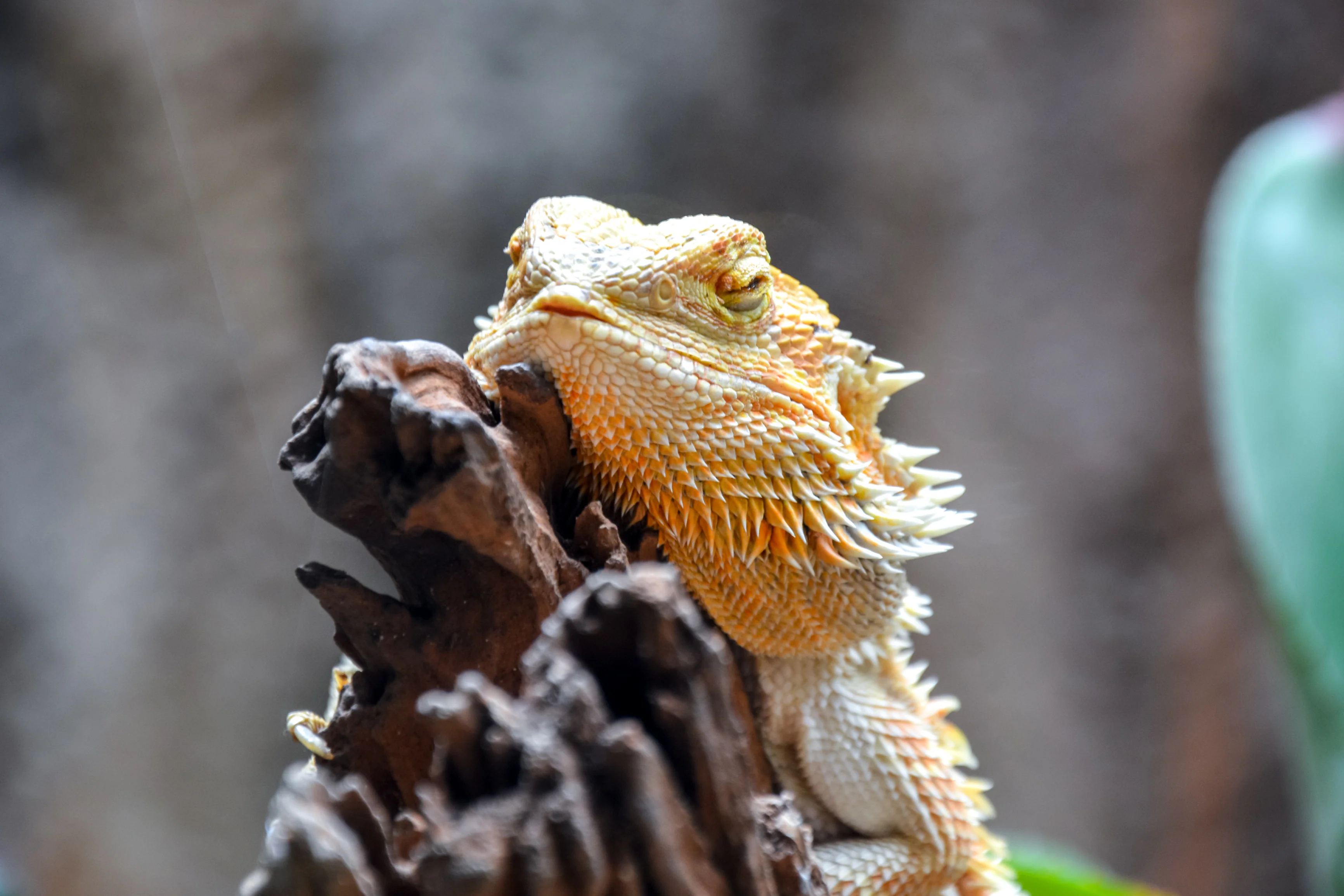
The Bearded Dragon is also known as Beardies and are prevalent in Australia. The reptile has a spiky throat pouch that puffs up whenever they are excited or threatened. Beardies are easy to handle and friendly and make a great choice as the best beginner exotic pets. They have a unique face that makes them a favorite among people.
Care Requirements: Housing, Temperature, Humidity, Diet
Housing:
- For its housing, you will need a big tank of at least 40 gallons. It will be better if you buy a bigger tank than 40 gallons.
- A secure lid for the tank and a few branches, rocks, and a hiding place to keep it natural.
Temperature and Humidity:
- The temperature of one side of the tank should be warm for the dragon to bask in. The other side should be more relaxed, around 75-85°F.
- Bearded Dragons need a special UVB light for 12 to 14 hours daily to help them stay healthy.
- The tank's humidity should be low, between 20-40%.
Diet:
- The Bearded Dragon can eat both plants and insects. Young ones need more insects and fewer vegetables. Adult dragons eat more vegetables and insects.
Unique Needs and Traits
- To prevent any bone problems, bearded dragons need to have UVB rays.
- By waving their arms and bobbing their heads, they show their feelings to their owner.
- During cooler months, they can also go to their resting period, where they eat less and move less.
Chinchilla
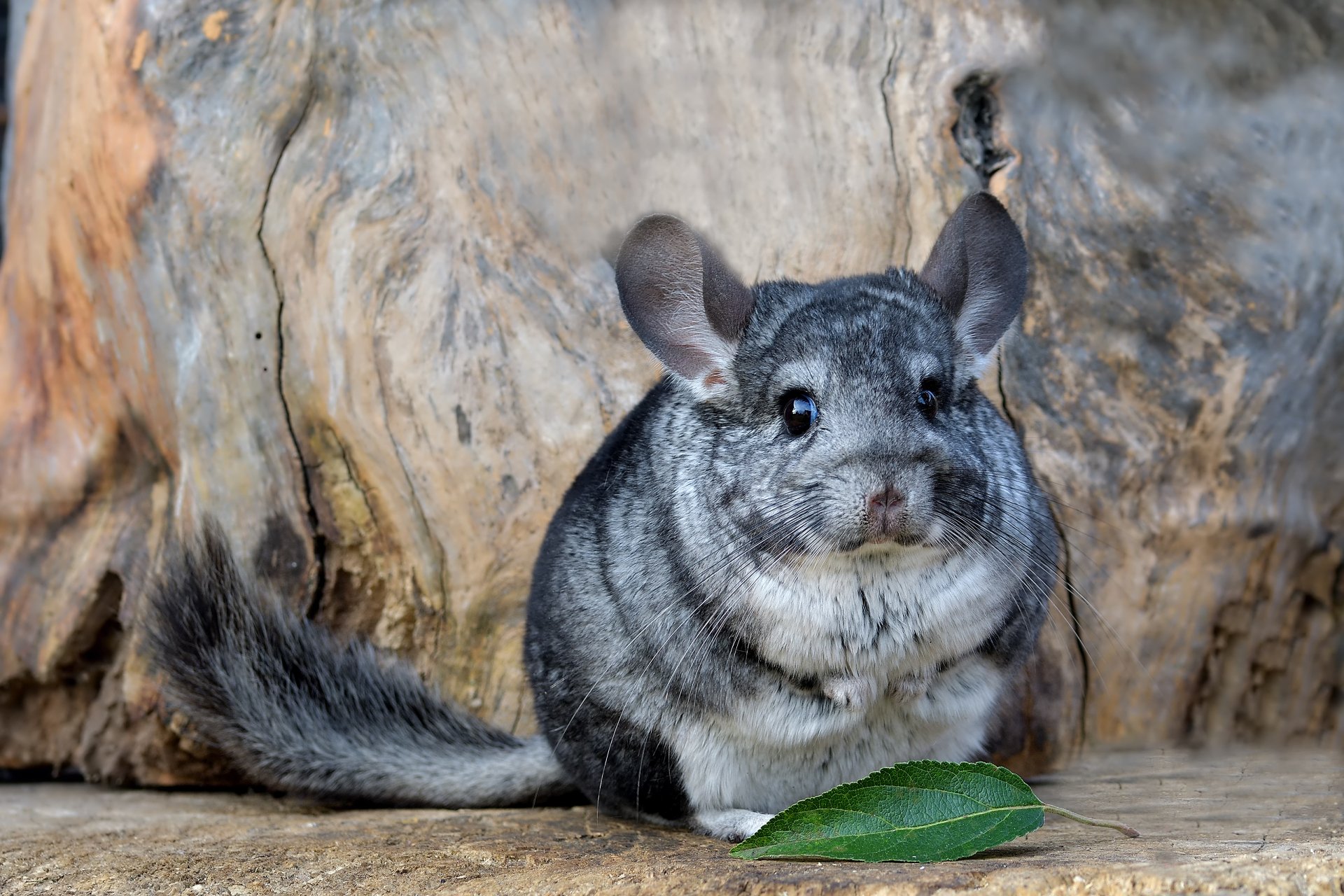
Chinchillas, a famously adored rodent, are prized for their soft fur and playful nature. Found in the Andes Mountains of South America, these little mammals are cute and quirky. Chinchillas are somewhat skittish and, hence, are best suited for adult owners instead of children. While they do not crave handling or human interaction (in moderation, over-petting can over-stress them), they love being with one another, so they make perfect pets for busy people still looking for a pet to give love and attention to.
Care Requirements: Housing, Temperature, Humidity, Diet
Housing:
- To put a Chinchilla you will need a cage of a minimum 90 cm in length and 120 cm in height.
- The cage should have multiple levels for climbing and be well-ventilated.
- It should have hiding spots, toys, and tunnels for the chinchilla’s enrichment.
Temperature and humidity:
- These fur balls prefer more relaxed environments, and the ideal temperature for them ranges from 60-70°F.
- Keep the humidity level of the cage below 50%, as high humidity can cause skin and fur issues.
Diet:
- The primary food source of the chinchilla includes grass hay. Keep a water bottle of fresh water available every time.
- To avoid digestive problems, make sure to avoid sugary or fatty treats.
Unique Needs and Traits
- Chinchillas should be kept in pairs or small groups as social animals.
- To maintain their fur, they require regular dust baths at least a few times a week.
- As they are very active, you can provide them with chewable toys, tunnels, and more.
- Chinchillas are one of the low-maintenance exotic pets despite their activity levels.
Hedgehogs
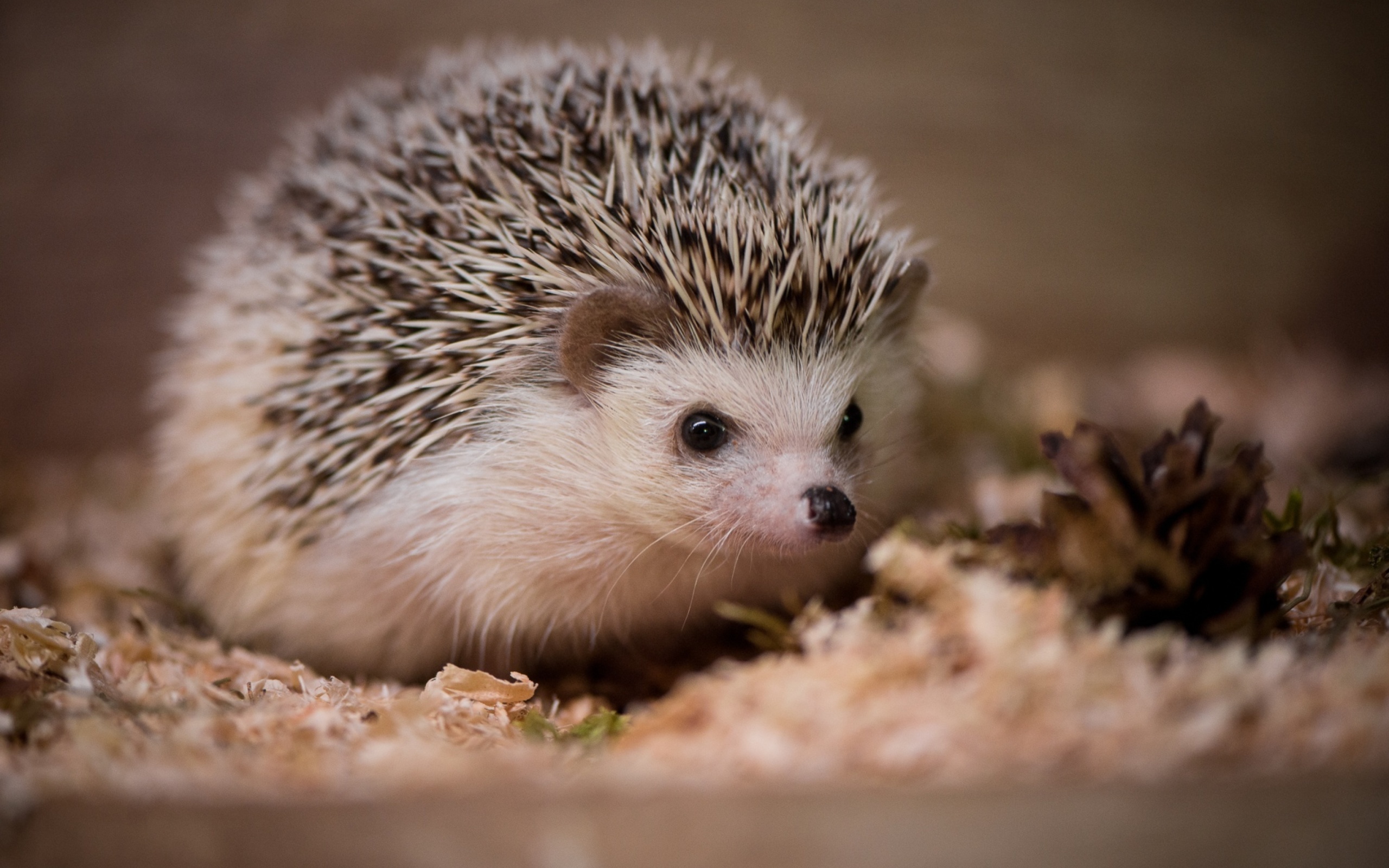
Hedgehogs are small mammals that come by the spikes that cover their backs, honestly, and these adorable little creatures are also nocturnal. The spines covering their back are modified hairs that deter predators. Hedgehogs are native to Europe, Asia, and Africa, and they have become popular pets because of their distinctive appearance and because they are small and require relatively little care. The nocturnal animals can be a good option for pet owners who like their pets quiet and to themselves.
Care Requirements: Housing, Temperature, Humidity, Diet
Housing:
- To keep a Hedgehog, keep the cage size to a minimum of 2 feet by 4 feet, and the cage floor should be solid.
- The cage must have hiding spots, exercise wheels, tunnels, and escape-proof.
- Make sure that the cage is well-ventilated.
Temperature and Humidity:
- The ideal temperature ranges from 72 to 80°F for the cage if the temperature is below 70°F, especially in the event of hibernation attempts.
- You can use a heating pad or a lamp to maintain proper temperature.
- The ideal humidity level is between 40-60%, as high humidity levels can cause respiratory problems.
Diet:
- To feed the hedgehog, you can use high-quality cat food or hedgehog food. You can supplement it with insects like mealworms, crickets, and more.
- As a treat, you can also offer fresh vegetables and fruits to your pet.
Unique Needs and Traits
- During the day, hedgehogs may need a peaceful, dark place to rest as they are most active at night.
- As a distinctive activity, hedgehogs self-anoint by spreading foamy saliva on their spines.
- Hedgehogs are shy and need time to become friendly. Regular, gentle handling will make them comfortable with human interaction.
Fennec Fox
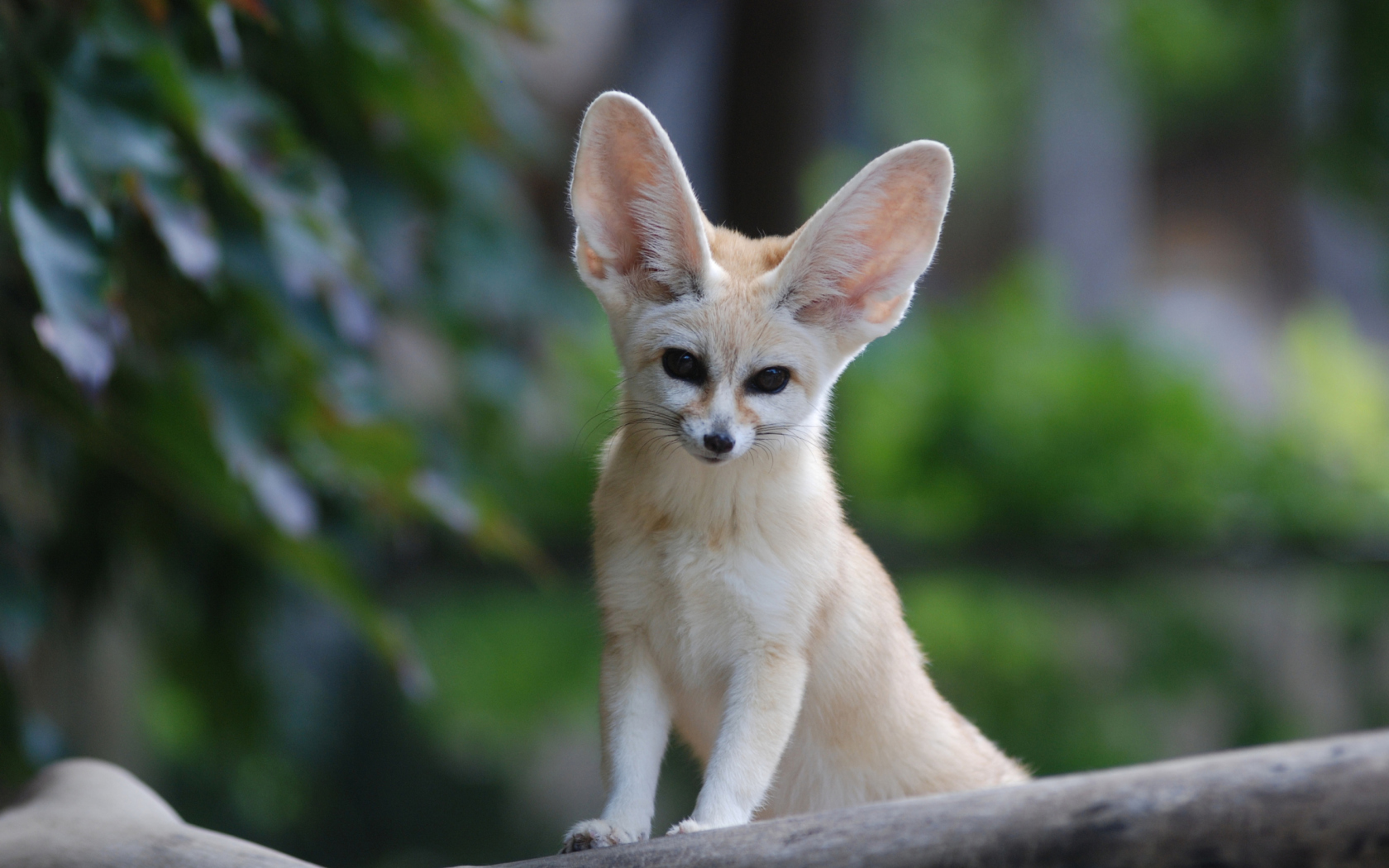
Small and active at night, the Fennec Fox is home in the North African deserts. Fennec Foxes are cute and unique, and their large ears can help them hear better and keep them cool. These foxes are fascinating pets for people who can provide for their specific requirements because they are active and friendly beasts. Their attractive appearance, along with their vibrant personality and inquisitive character, makes them a favorite among those who love exotic pets.
Care Requirements: Housing, Temperature, Humidity, Diet
Housing:
- Fennec Fox needs a large secure outdoor setup that is at least 8 feet by 4 feet with a height of 6 feet.
- The housing setting should have digging, hiding, and climbing spots with sturdy walls and a roof.
Temperature and Humidity:
- The temperature ideal for fennec fox living is 68-80°F and must have shade and cooler areas.
- The humidity level is ideally between 30-50%, as high humidity can cause specific health problems.
Diet:
- The diet of a fennec fox is a high-quality commercial diet formulated for small carnivores.
- You can give lean meats, insects, or fruits and vegetables to provide supplements.
Unique Needs and Traits
- Fennec foxes need a lot of room to run about and play because they're so energetic.
- For the sake of their mental health, it is essential that they have frequent interactions with their human caregivers.
- The fennec fox can talk through its many vocalizations, which include barks, yips, and purrs.
- It is helpful to provide a digging box or place in the enclosure for Fennec Foxes because they have a strong instinct to dig.
Bengal Cat
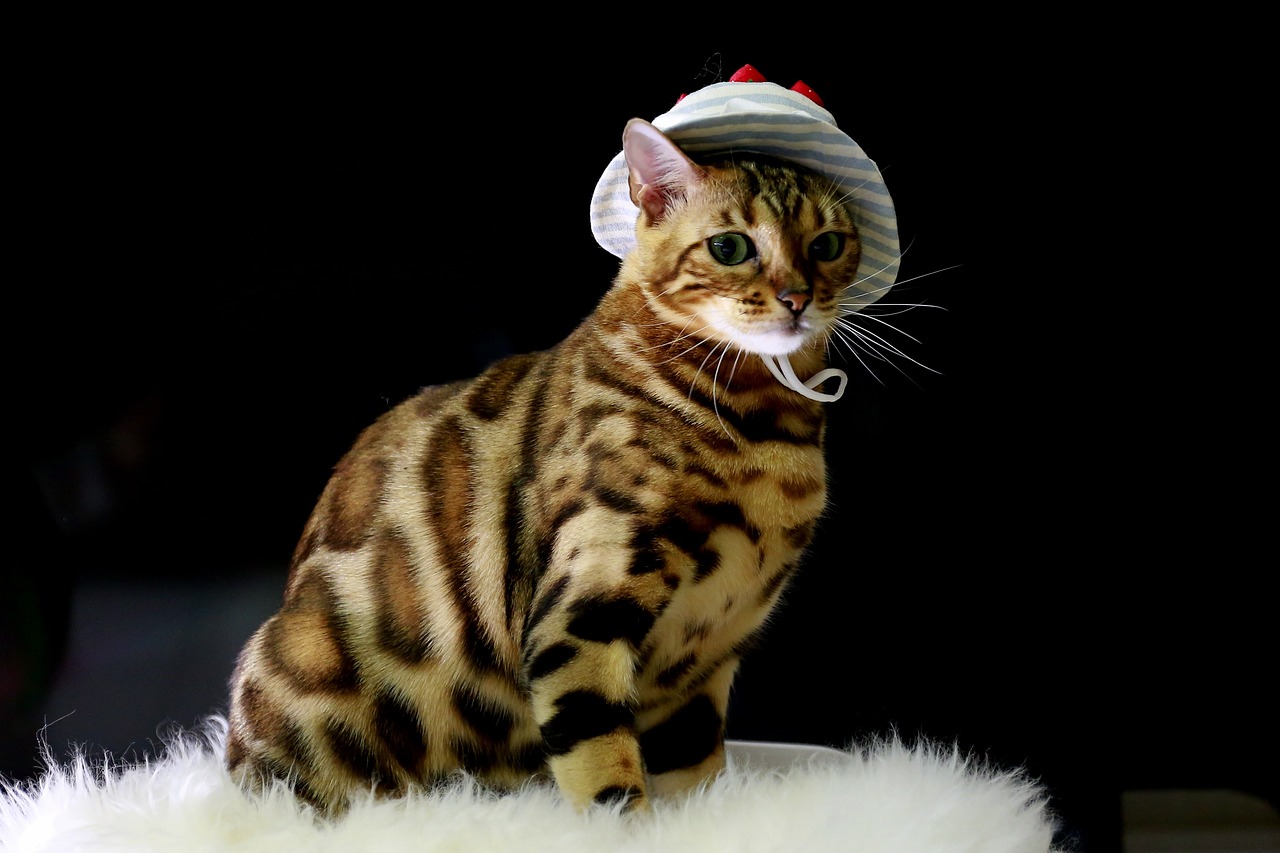
The Bengal Cat, with its untamed demeanor and unique leopard-like patches, is an aesthetically stunning breed. This feline looks like a wildcat with the demeanor of a house pet; it is the product of a hybrid breed that involves domestic cats and the Asian leopard cat. Bengal Cats are a lot of fun to hang out with since they are playful, intelligent, and loving. Cat lovers seeking a companion with a dash of wildness often choose these cats for their playful personalities and unusual coat patterns.
Care Requirements: Housing, Temperature, Humidity, Diet
Housing:
- For housing, Bengals Cat can adapt to both indoor and outdoor settings.
- You can have a spacious home with climbing structures and scratching posts.
Temperature and Humidity:
- The typical household temperature ranges from 65-75°F for Bengals Cat.
- In colder months, make sure they are warm and cozy.
- As for the humidity requirements, Bengal Cats do not have a specific humidity level.
Diet:
- Either wet or dry, you can give high-quality cat food and raw or cooked meat as a treat.
- Make sure that fresh water is always available for the Bengal Cat.
Unique Needs and Traits
- With high energy levels, Bengal cats are active and require ample playtime.
- They are brilliant and can engage their mind in games or training sessions.
- Bengal Cats are highly affectionate and enjoy spending time with their owner.
General Care Tips for Exotic Pets
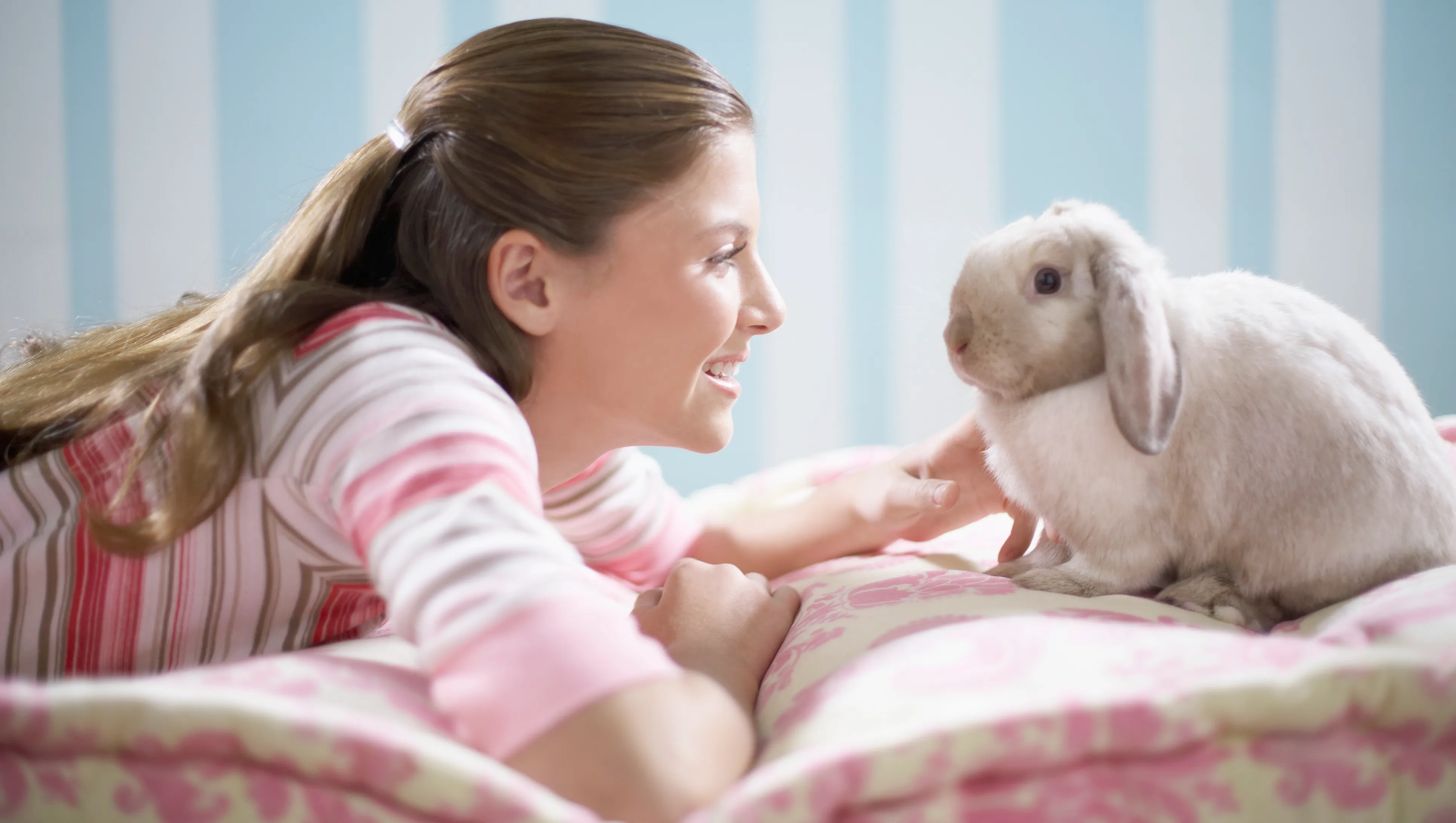
Exotic pets are fun but they are also hard to keep, read on for tips on taking care of them. Follow these simple rules to ensure the health and well-being of your coolest exotic pets.
- Find a vet and go for regular checkups. You can also bring your pet for annual health checkups.
- To avoid any health problems, feed your pet the proper diet with supplements rich in proteins.
- When you welcome an exotic pet, make sure to design your space to match their natural habitat.
- Give them the perfect atmosphere by maintaining the right temperature, humidity level, and lighting.
- Watch your pet and identify if your pet is feeling stressed or having any issues.
- The vital tip is to research the laws and regulations of your area regarding exotic pets.
- For an emergency, maintain a plan and understand what emergency gear you need.
Simply by following these easy tips, you can be assured that your exotic pet will be around for a long time. If you are looking for unique pets, low maintenance exotic pets, caring for them is what matters most.
Common Challenges and How to Overcome Them?
When you have one of the coolest exotic pets, you face several issues. We have listed below some common challenges and simple solutions to handle them.
- Behavior problem: You might see your pet behaving strangely or aggressively.
- Solution: Do research and understand the behavior of your pet.
- Health Issues: Exotic pets can hide the signs of illness.
- Solution: Go for regular checkups and monitor your pet’s behavior daily. Learn about the symptoms of common illnesses these exotic pets face.
- Socializing: Some of these exotic pets are shy in nature or might be feeling stressed.
- Solution: start spending time with your pet and handle your pet regularly to build trust.
- Dietary Challenges: With different types of exotic pets, it can be tricky to understand the proper diet for your pet.
- Solution: Research more and know what foods will be best for your pet. Avoid foods that will be harmful to your pet.
- Environmental needs: Offering your pet a suitable habitat can be difficult.
- Solution: Try to set up the natural environment for your pet and make the habitat secure and spacious.
Conclusion
From the bearded dragon to the hedgehog or fennec fox, each exotic pet has a unique charm and a set of care needs. The uniqueness of these animals makes them the coolest exotic pets to own. Even if you are looking for a low-maintenance exotic pet or the best beginner exotic pet, choose any from the given list. But first, make sure to understand their needs and their behavior to help them in your care.
It is vital to be a responsible pet owner and to take proper care of the well-being of your pet. By following this pet care guide, we hope you can provide a healthy environment for your exotic pet. Just ensure that different types of exotic pets have different needs regarding diet, habitat, and well-being. Also, it is important to go for a regular vet check and observe any signs of stress or illness.
The experts of trusted10.io are here to help you find the most incredible exotic pets. We believe you should thoroughly research and learn about the needs of exotic pets first. It is vital to be well-informed and prepared to make sure your pet has a happy and healthy life with you. Explore our site to learn more about different types of Exotic Pets.





